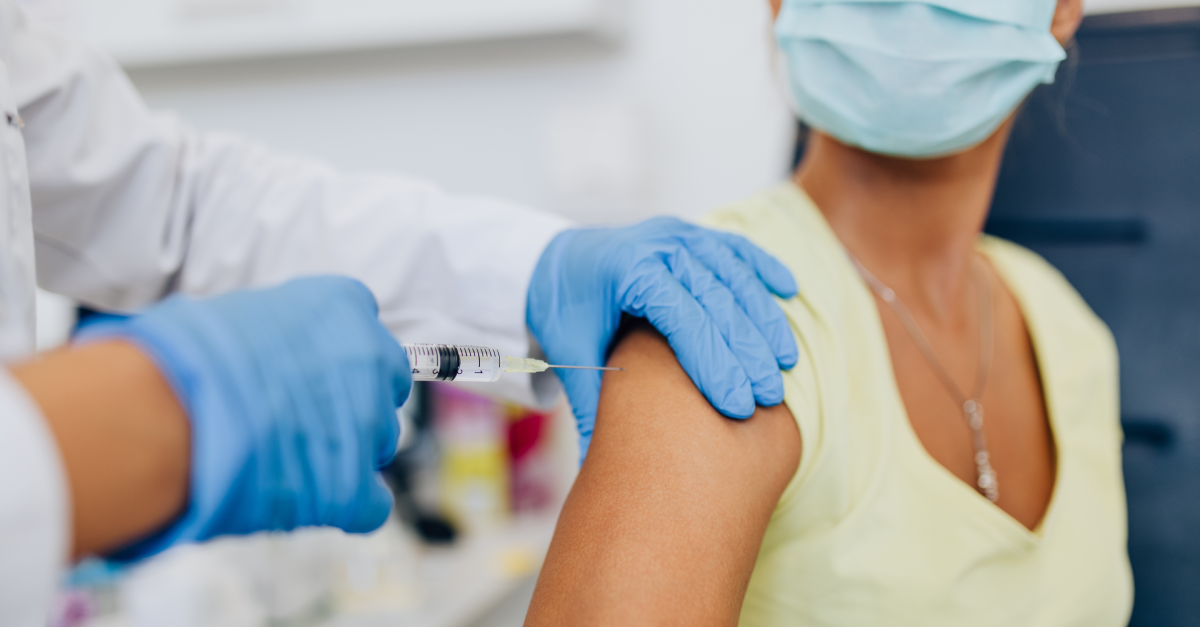An interview with Sean Michaels, Vice President of IT Operations & Service Delivery at Health First, a not-for-profit integrated delivery network (IDN) serving Central Florida. The IDN includes health insurance plans, four hospitals, a multi-specialty medical group, and outpatient and wellness services.
1. What mix of touchpoints with patients has worked best, considering the process from alerting patients about vaccine availability through facilitating appointment scheduling?
At Health First, we’ve made a concerted effort to communicate all our COVID-19 efforts at a specific landing page – hf.org/staywell. It’s the go-to source for COVID-19 information at Health First. Here, we provide Frequently Asked Questions, details on free COVID-19 testing for the public and our associates, a symptom checker tool, information on how to stop the spread, access to our COVID-19 information line and guidelines for visiting a Health First facility during the pandemic. This is also the place where our community can go to register to receive COVID-19 vaccines, if they are eligible and immunizations are available. We were able to schedule these vaccinations using Kyruus, our online scheduling platform. Our IT team was able to build the administration component. When we do receive vaccines, we share this information on this site, the media and social media. We have notified our patients and community that they should regularly check hf.org/staywell for updates on vaccine availability, as well as other pertinent information about this public health crisis and how we’re here to help. When patients come in for their first vaccines, they immediately schedule their second dose with our staff before leaving the facility.
2. What are some of the best practices you’ve identified for getting patients vaccinated?
Communicating with the public about our availability is crucial, including inviting the community to register to receive the vaccine, utilizing our Kyruus scheduling platform. It’s also crucial to determine the target population, based on Centers for Disease Control and Prevention (CDC) guidelines for vaccinations, as well as the requirements of handling the vaccine, such as storage, administration time and the number of doses per vial. Understanding the potential side effects and risks are a part of the screening criteria, which must be adhered to. It’s also important to understand the total volume of vaccines that have been provided to our organization, in addition to the length of time required to administer the immunizations. Environments also play a role, which includes addressing potential pitfalls. For example, we considered drive-through clinics, but nixed that idea, as we know it’s critical to monitor patients post-vaccination to ensure their safety (and that’s difficult to do when patients are in a car). An in-person clinic provides the best setting to do so. We considered deploying tents to administer vaccines outside, but the weather posed a potential barrier (should it be cold and rainy). After carefully considering all of these factors, we found a location that best suited our needs – a former fitness center that was large enough to spread out the different stations, allowing us to monitor patients and avoid crowding, so social distancing was in effect. All of this information helps craft the best possible experience for patients.
3. What has your organization learned about patient engagement from the vaccine rollout?
Our community is eager to receive vaccines, with many calling our medical group offices and hospitals for information on their availability. As mirrored across the country, the demand outweighs the supply. A unified approach to the release of vaccination information is crucial, especially when relying on multiple channels to carry the message. We designed a comprehensive communications plan to ensure our audiences were notified at the same time, whether via our website, local news media or social media channels. This helped to ensure a customer-centric approach, which is vital for a community that is eager to receive vaccination information. Providing this information quickly and concisely delivered appropriate guidance so the public was knowledgeable in what they needed to do to receive the vaccine. As a result, there was an overwhelming sense of gratitude from those who were vaccinated, which directly bred more engagement with other community members. They shared their positive experiences with others, which helps reinforce our community’s confidence in our commitment to their wellness.
4. How will your organization use technology differently going forward based on the vaccine rollout?
We initially utilized internal tools created by our IT teams for scheduling, which enabled us to meet the immediate demands of a rapid rollout. As demand increased, we partnered with Kyruus to take over the delivery of our scheduling. In order to continue to meet the projected exponential demands, we will need to continue to collaborate to create a technology platform to further enhance the vaccination experience. We are working on a technology solution that utilizes people’s smartphones, tablets and other commonly used technology to confirm those seeking vaccines are eligible to receive them, scheduling and coordination, vaccine delivery and post-vaccine monitoring. We have garnered much knowledge from our initial experiences, fine-tuning things as we continue in our efforts to safeguard the community. We continue to work toward making the patient experience even more personalized and seamless.

